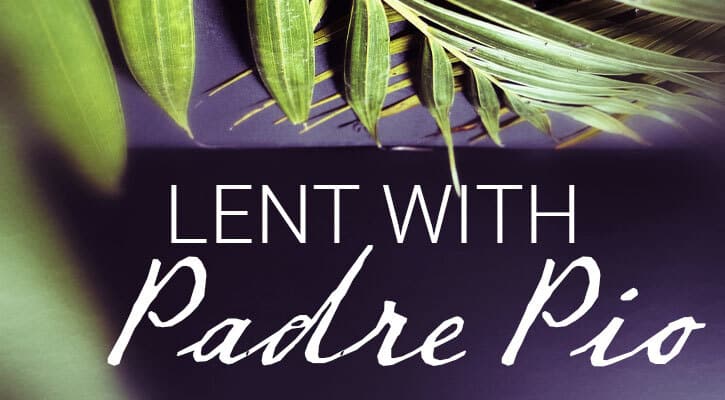St. Elizabeth Ann Seton is one of the keystones of the Catholic Church in United States. She founded the first religious community of the American Catholic Church—the Sisters of Charity. She opened the first American parish school and established the first American Catholic orphanage. She did all of this in the span of five or six years while raising her five children.
Elizabeth Ann Bayley Seton was a true daughter of the American Revolution. She was born August 28, 1774, just two years before the signing of the Declaration of Independence. By birth and marriage, she was linked to the first families of New York and enjoyed the fruits of high society. Reared as a staunch Episcopalian by her mother, she learned the value of prayer and Scriptures and nightly examination of conscience. Her father did not have much use for churches but was a great humanitarian, teaching his daughter to love and serve others.
The early death of her mother and her baby sister in 1778 gave Elizabeth a feel for eternity and the temporariness of the pilgrim life on earth. Far from being broody and sullen, she faced each new “holocaust,” as she put it, with hopeful cheerfulness.
At 19, Elizabeth was the belle of New York and married a handsome, wealthy businessman, William Magee Seton. They had five children before his business failed and he died of tuberculosis. At 30, Elizabeth was widowed and penniless, with five small children to support.
Faith As a Driving Force
While in Italy with her dying husband, Elizabeth witnessed Catholicity in action through family friends. Three basic points led her to become a Catholic: belief in the Real Presence, devotion to the Blessed Mother, and conviction that the Catholic Church led back to the apostles and to Christ. Many of her family and friends rejected her when she became a Catholic in 1805.
To support her children, she opened a school in Baltimore. From the beginning, her group followed the lifestyle of a religious community, which was officially founded in 1809.
The vast letters of Elizabeth Seton reveal the development of her spiritual life from ordinary goodness to heroic sanctity. She suffered great trials of sickness, misunderstanding, the death of loved ones (her husband and two young daughters), and the heartache caused by a wayward son. Elizabeth is buried in Emmitsburg, Maryland.
Final Thoughts
Elizabeth Seton had no special gifts. She was not a mystic or stigmatic. She did not prophesy or speak in tongues. She had two great devotions: abandonment to the will of God and an ardent love for the Blessed Sacrament.
She wrote to a friend, Julia Scott, that she would prefer to exchange the world for “a cave in the desert. But God will give me a great deal to do, and I hope always to prefer his will to every wish of my own.” St. Elizabeth’s brand of sanctity is open to everyone—if we love God and do his will.
Elizabeth Seton told her sisters: “The first goal I propose in our daily work is to do the will of God and secondly to do it in the manner he wills it.”
May we have the courage to follow her lead.








